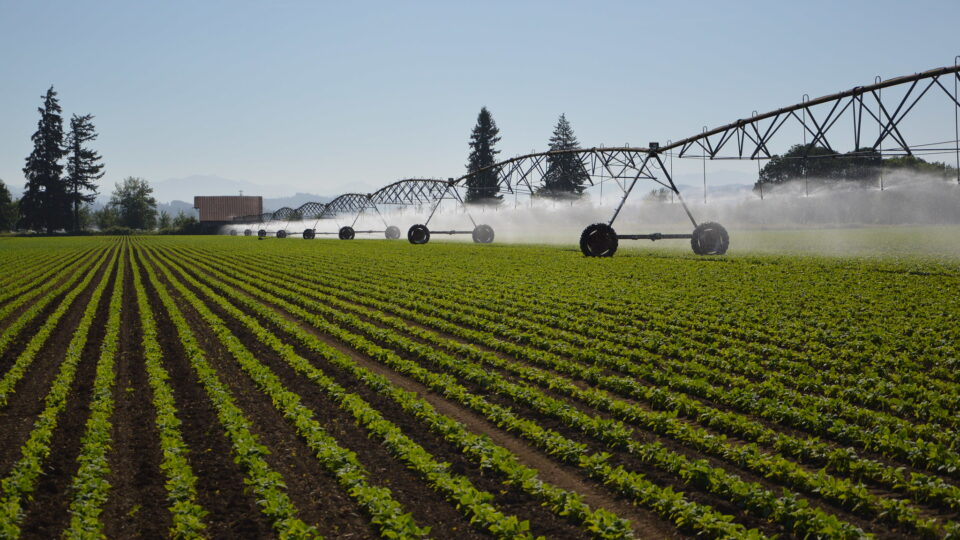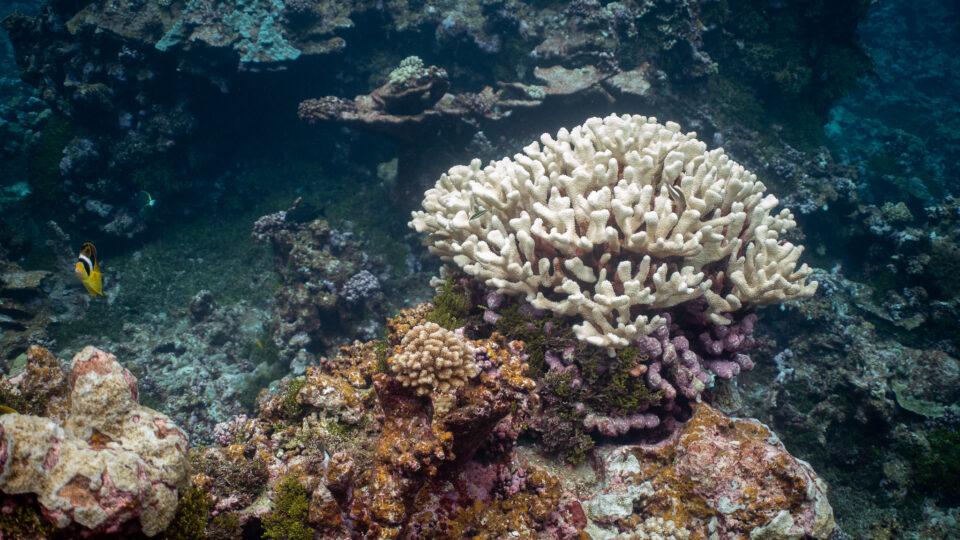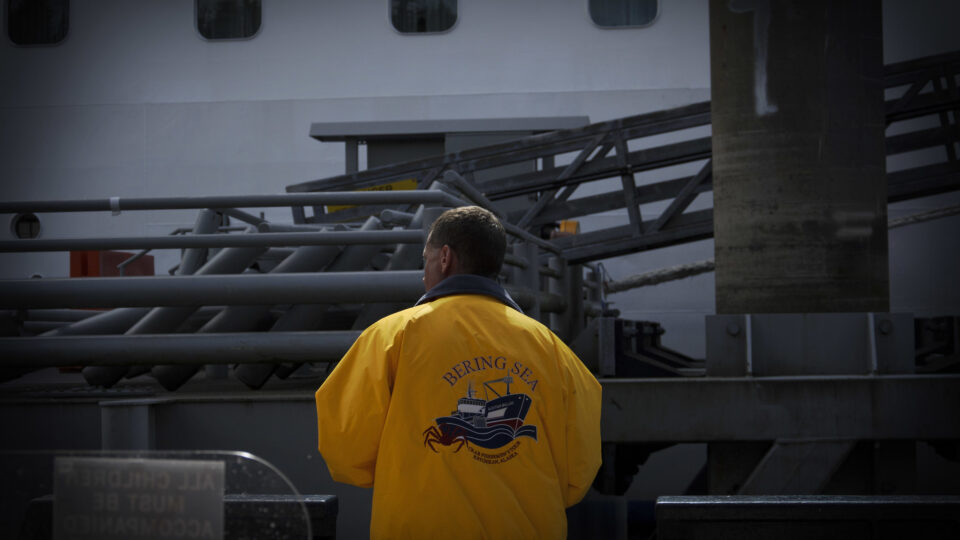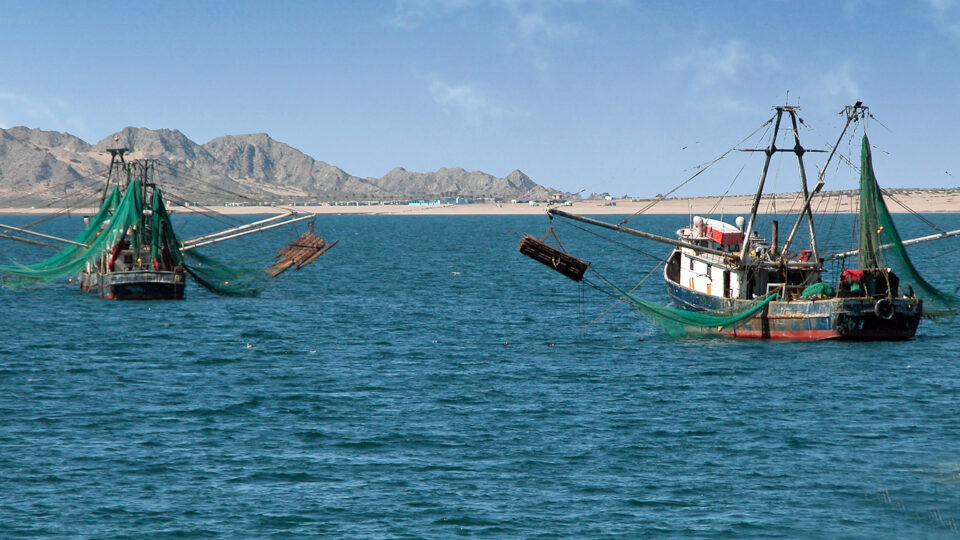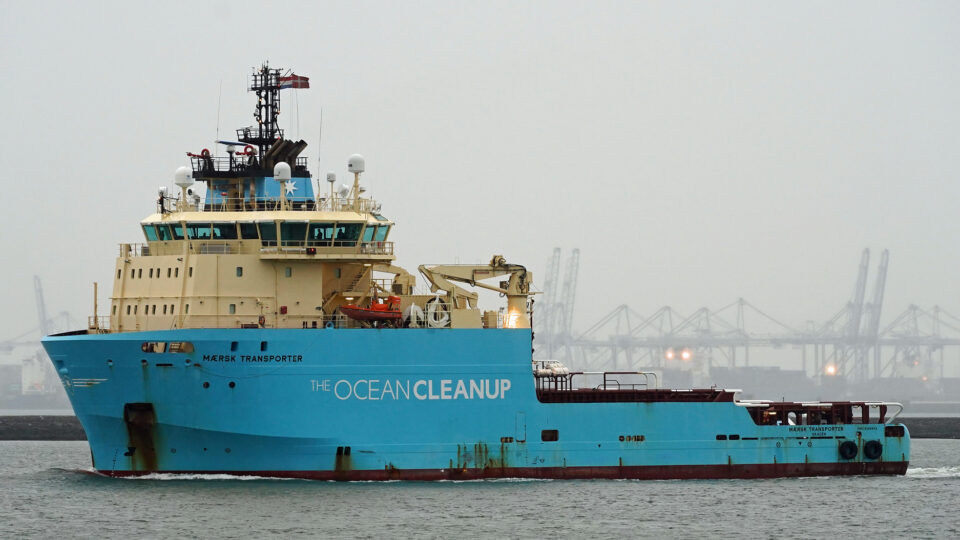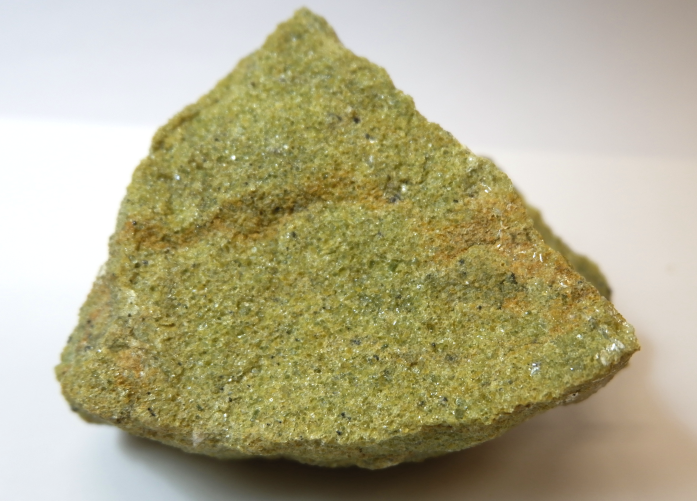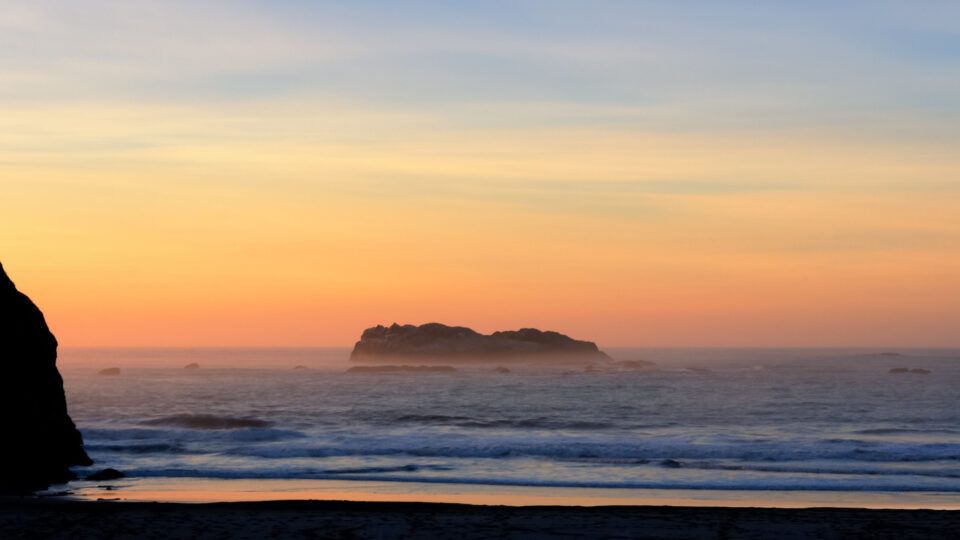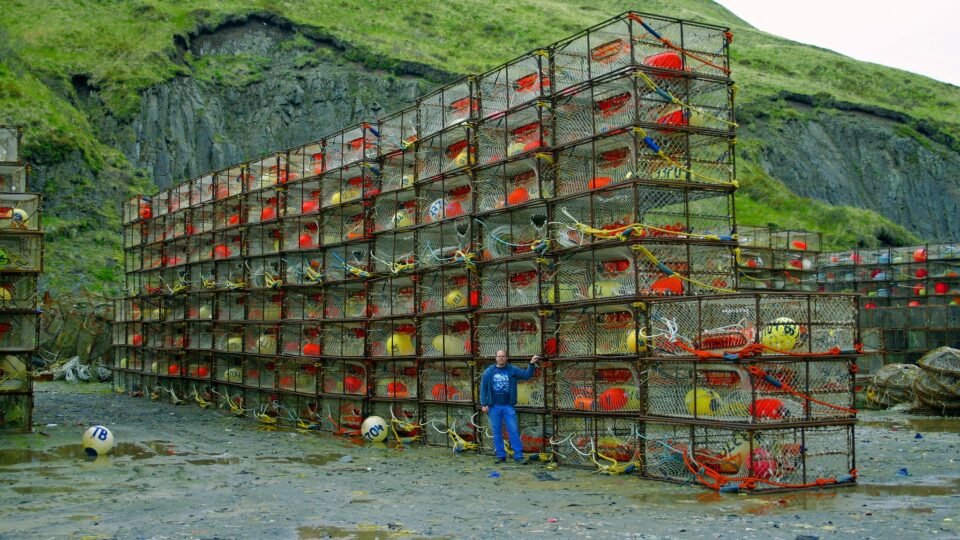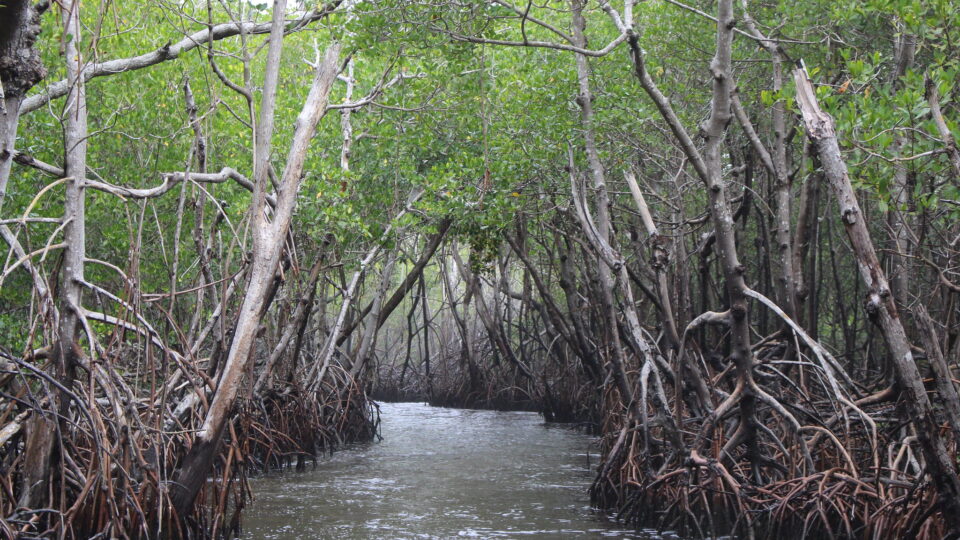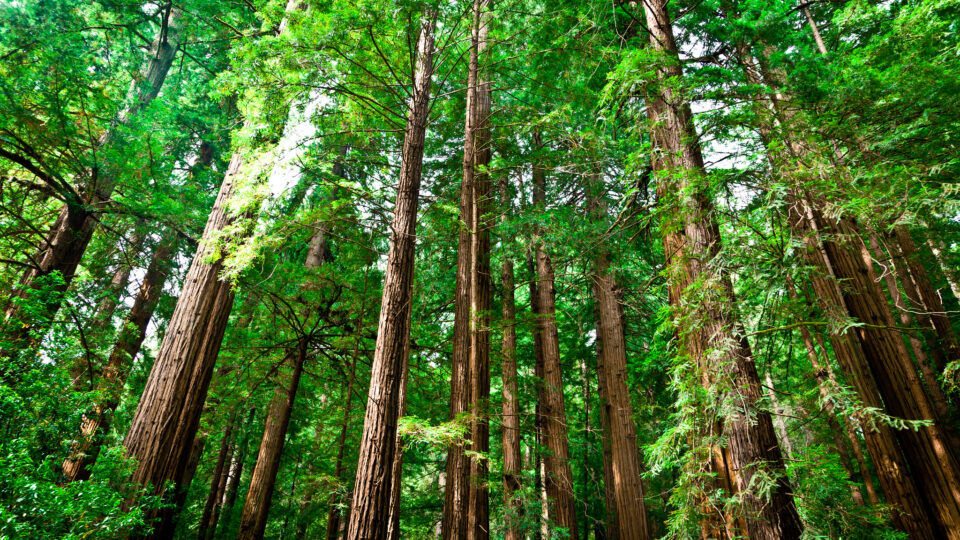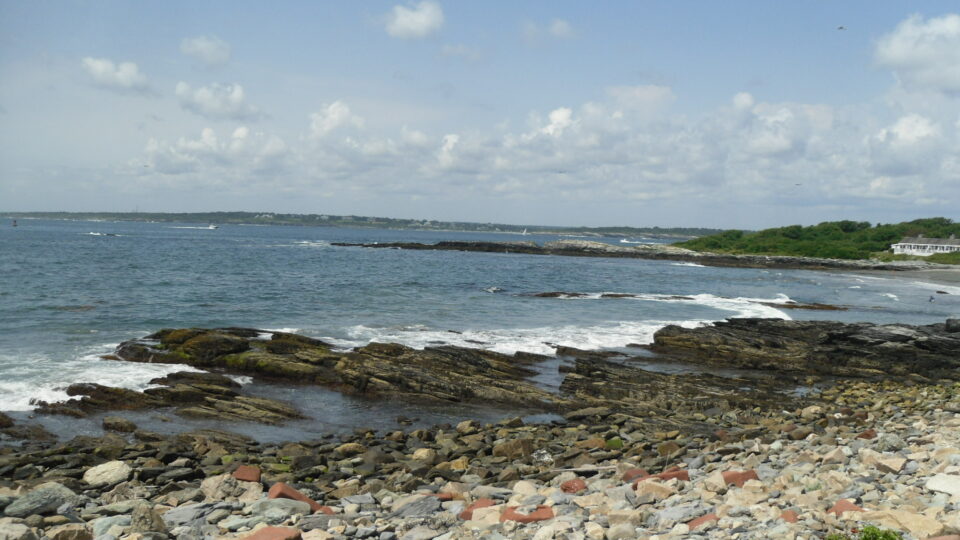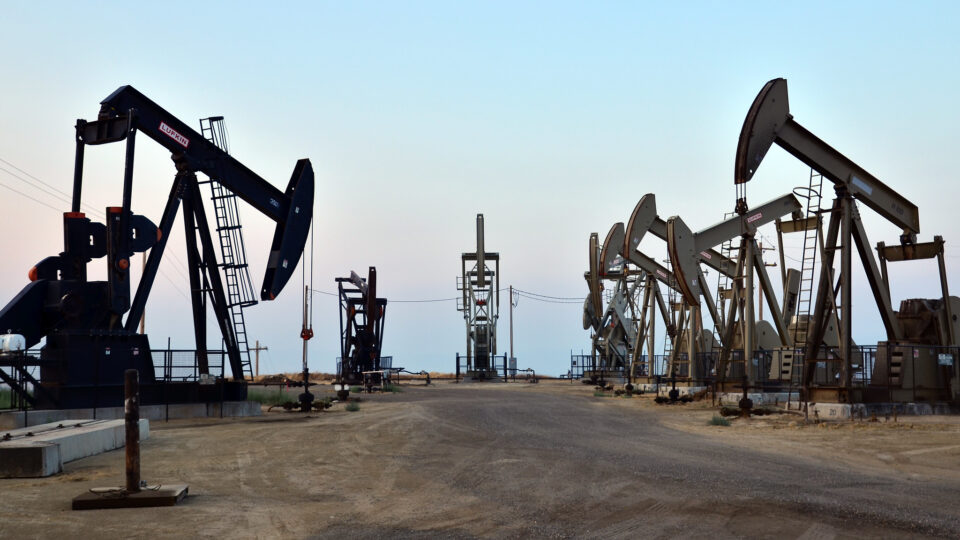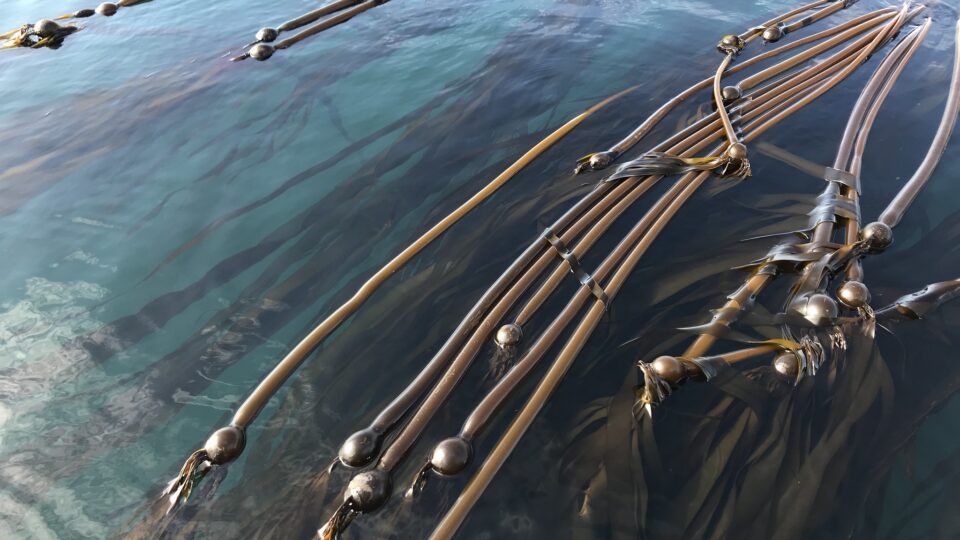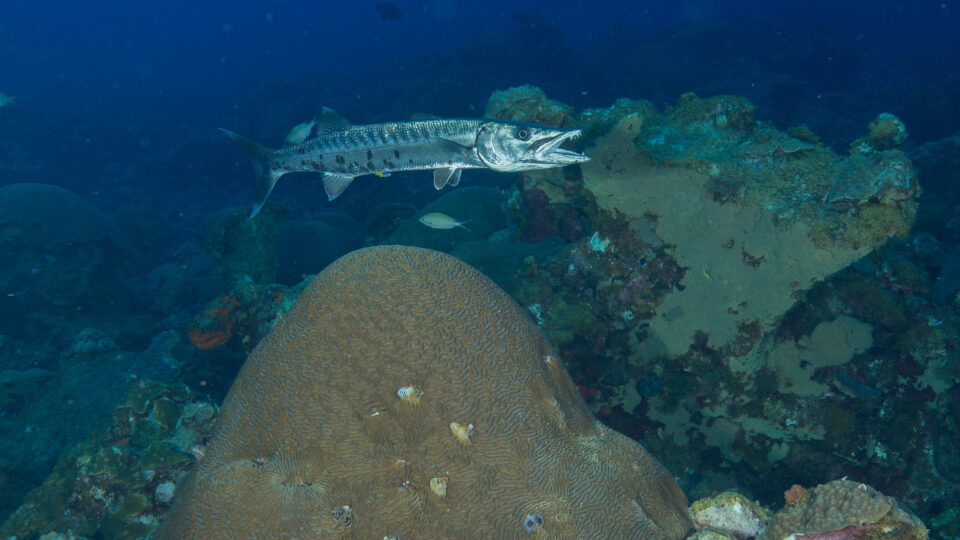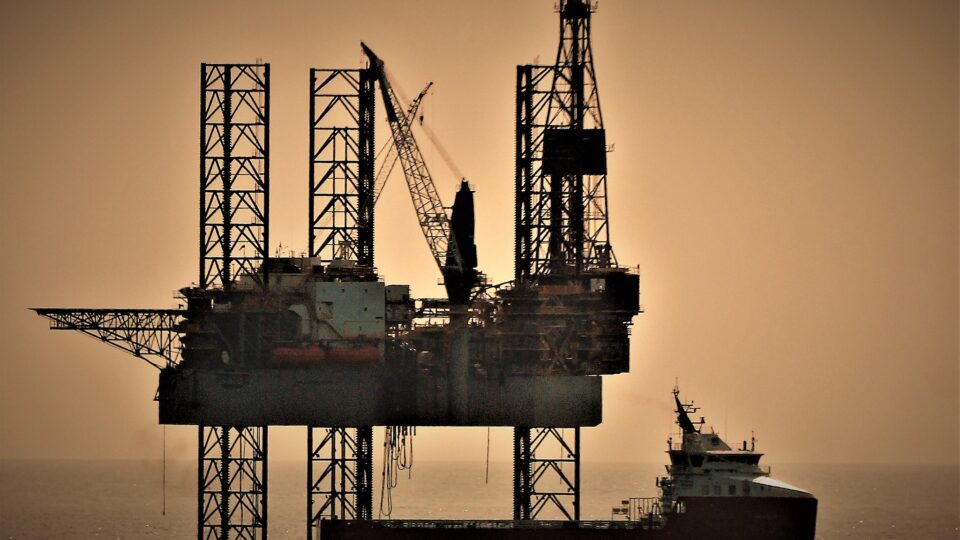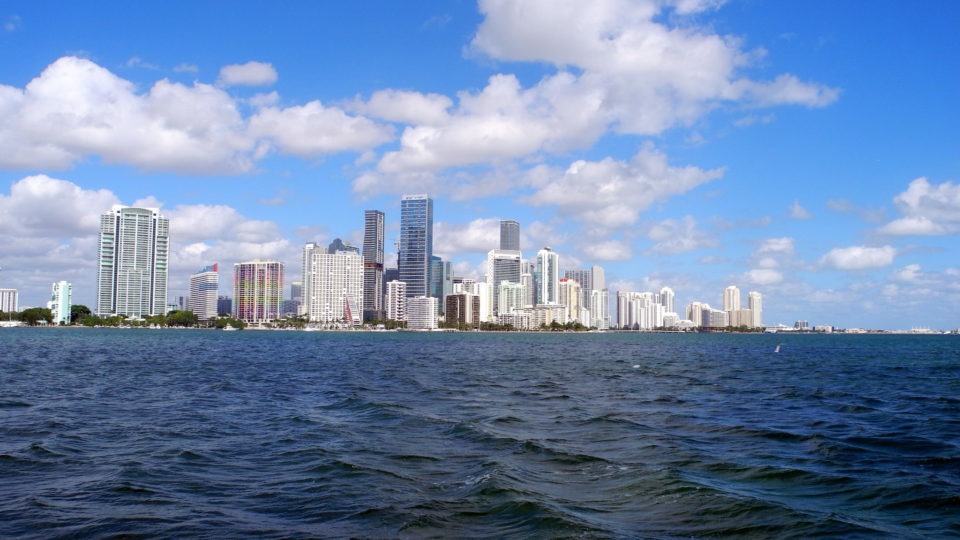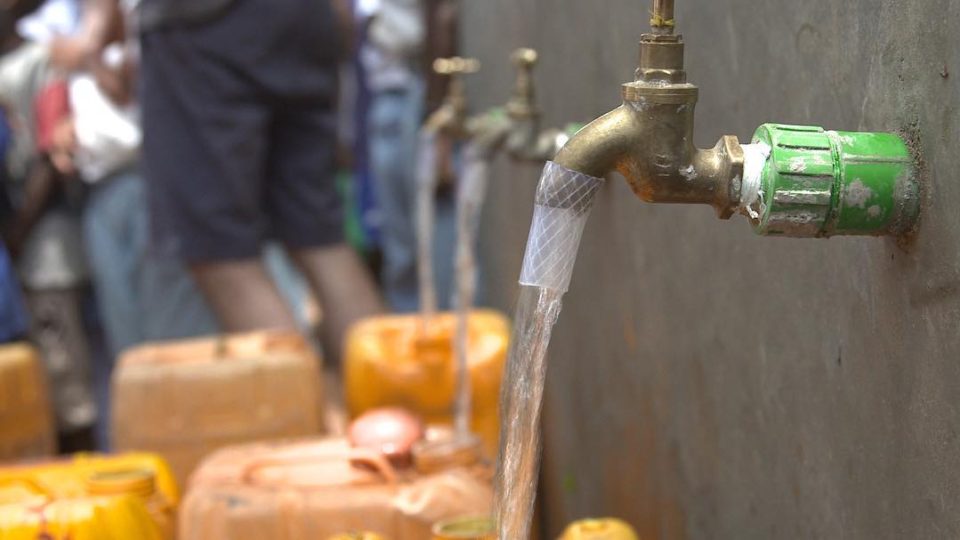Electricity demand in the U.S. continues to grow and, in the summer, homes and businesses crank up their air conditioning which drives demand even further. Many East Coast cities are banking on offshore wind projects that are underway in the Atlantic Ocean to help meet that growing demand. The first offshore turbines are now producing power off the coasts of Massachusetts and New York.
Electric power utilities need to know how much power they can get from offshore wind farms, and this is not that easy to predict. Wind is variable, so there is some built-in uncertainty. But there is also a phenomenon known as the wake effect to contend with.
When wind passes through a series of giant turbines, the ones in front extract some energy from the wind and, as a result, the wind slows down and becomes more turbulent behind the turbines. So, the downstream turbines get slower wind and may produce less power.
A study by the University of Colorado has modeled this phenomenon for planned wind farms in the Atlantic Coast region and has found that power output could be reduced by over 30%. Researchers are installing weather monitors and radar sensors in islands off the New England coast to better understand the behavior of the wind in the area and improve prediction models.
The New England grid covers Connecticut, Maine, Massachusetts, New Hampshire, Rhode Island, and Vermont. Even with the wake effect, offshore wind is predicted to be able to provide 60% of the electricity needs of the grid, but it is important to be able to accurately predict what it can produce.
**********
Web Link
How much energy can offshore wind farms in the US produce? New study sheds light
Photo, posted August 31, 2022, courtesy of Nina Ali via Flickr.
Earth Wise is a production of WAMC Northeast Public Radio

